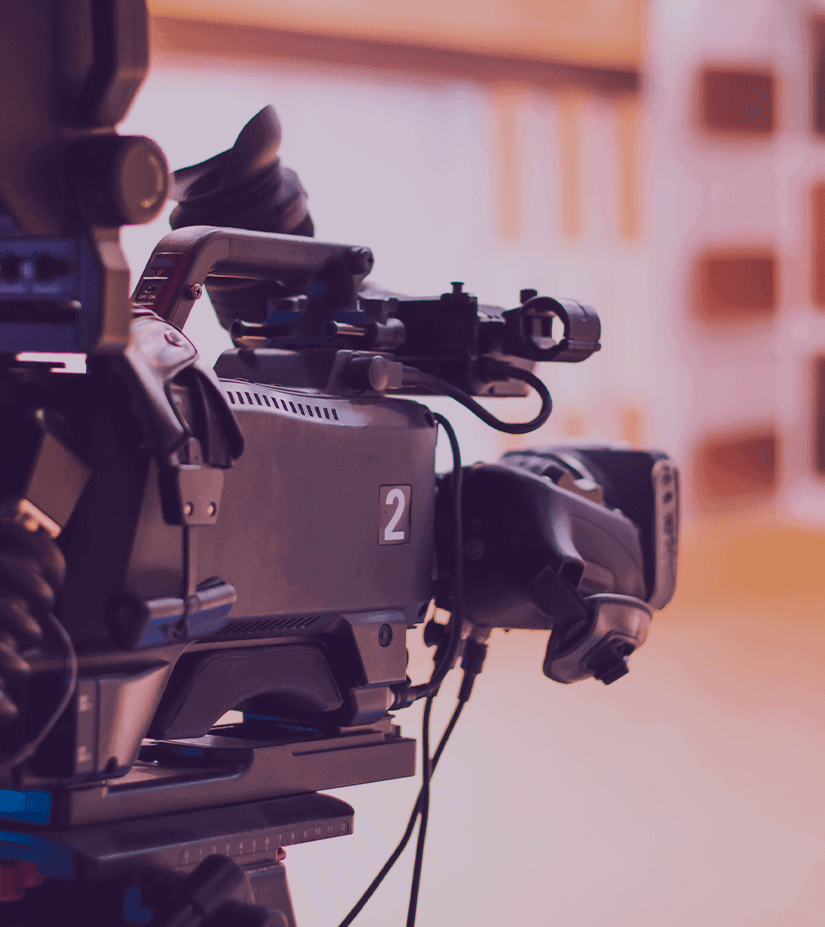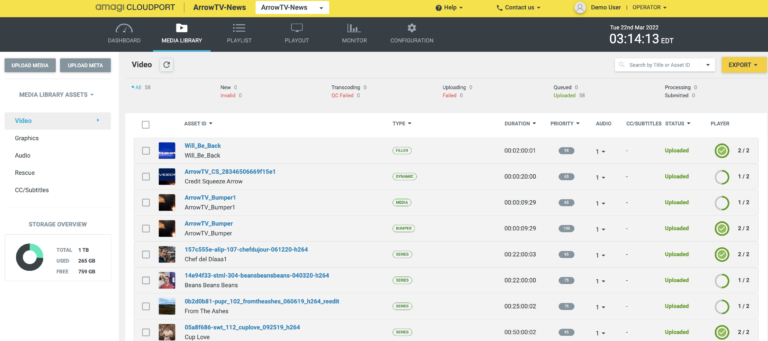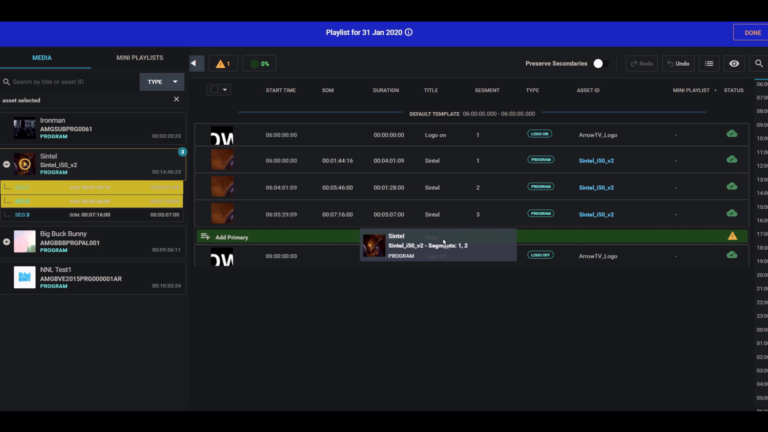How to launch a TV channel?
In the past, if you wanted to launch a television channel, you only had two options:
- Invest millions of dollars in infrastructure and equipment to broadcast your channel on an open TV station
- Reaching an agreement with a cable TV company, which would also require a high initial investment and operating expenses
For decades, these were the only two routes to starting a TV channel. However, in recent years, a new option has emerged: launching your channel online, a much easier and more accessible process for both big brands and other creators.








